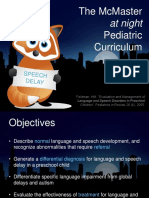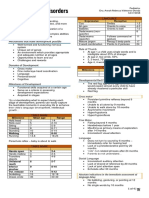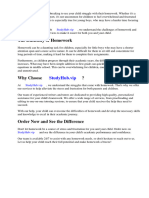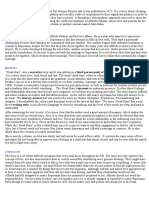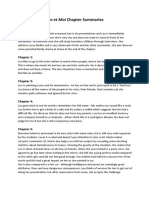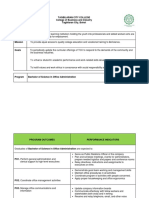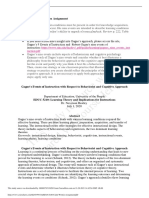0% found this document useful (0 votes)
27 views13 pagesCASE Report Expressive
The document details a case summary of a 4-year-old boy diagnosed with Expressive Language Delay and Autism Spectrum Disorder, referred for speech and language evaluation due to delayed speech. Assessments revealed significant delays in communication and developmental milestones, with a management plan focused on speech and language therapy. The case formulation identifies various factors influencing the child's condition and outlines short and long-term therapeutic goals aimed at improving expressive communication skills.
Uploaded by
afzalfarzana831Copyright
© © All Rights Reserved
We take content rights seriously. If you suspect this is your content, claim it here.
Available Formats
Download as DOCX, PDF, TXT or read online on Scribd
0% found this document useful (0 votes)
27 views13 pagesCASE Report Expressive
The document details a case summary of a 4-year-old boy diagnosed with Expressive Language Delay and Autism Spectrum Disorder, referred for speech and language evaluation due to delayed speech. Assessments revealed significant delays in communication and developmental milestones, with a management plan focused on speech and language therapy. The case formulation identifies various factors influencing the child's condition and outlines short and long-term therapeutic goals aimed at improving expressive communication skills.
Uploaded by
afzalfarzana831Copyright
© © All Rights Reserved
We take content rights seriously. If you suspect this is your content, claim it here.
Available Formats
Download as DOCX, PDF, TXT or read online on Scribd
/ 13







































